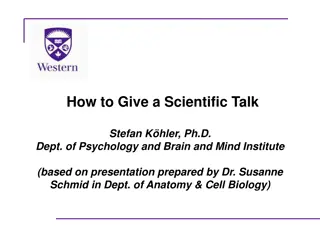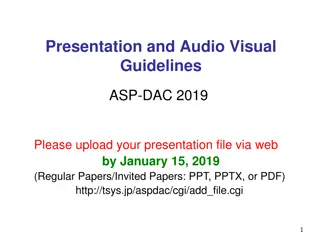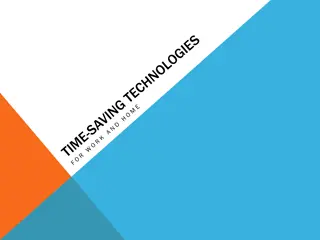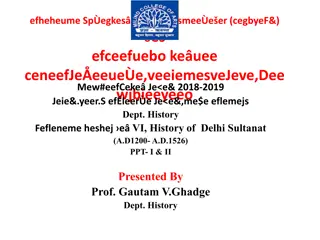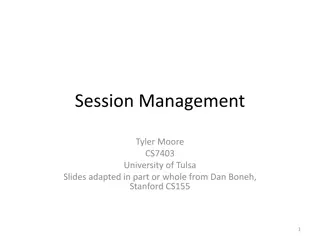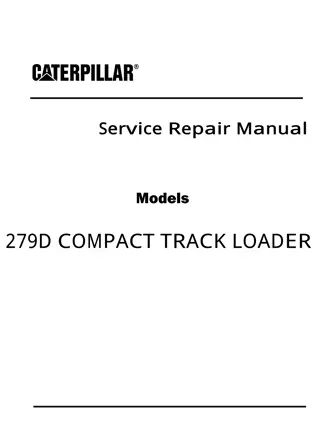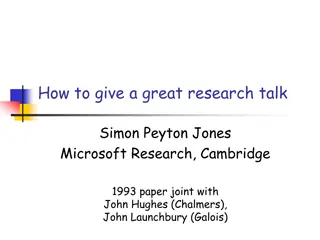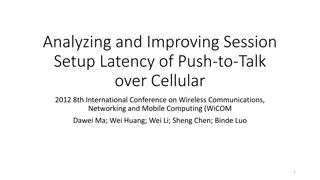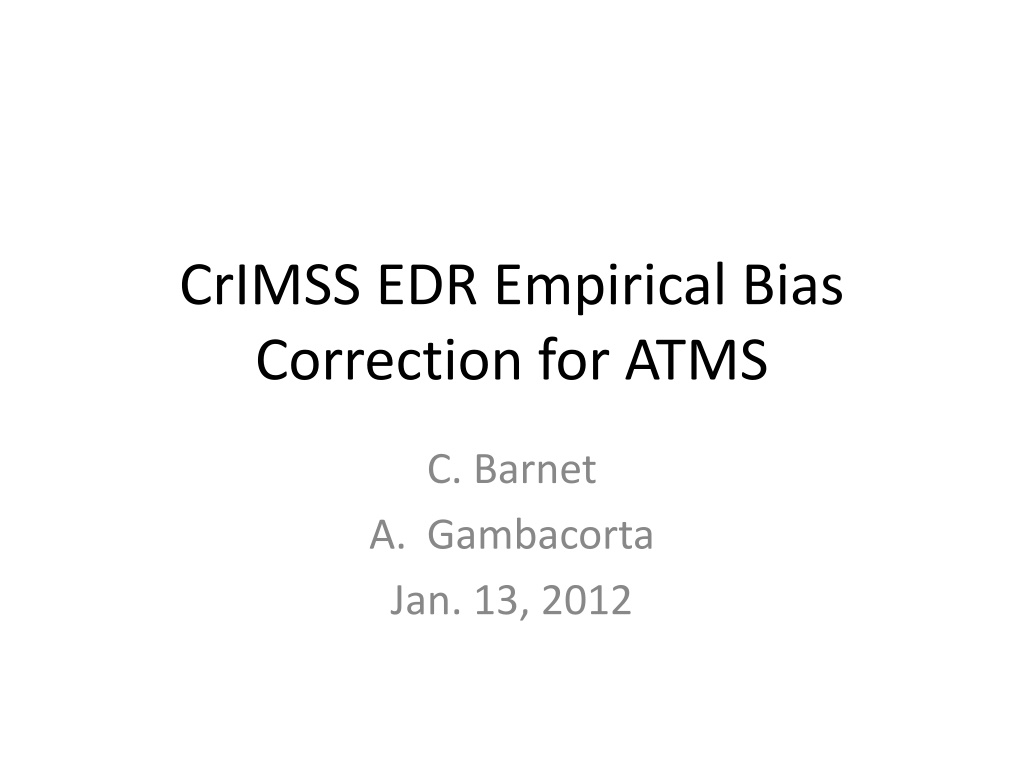
ATMS Empirical Bias Correction Methodology & System Overview
Explore the methodology for empirically correcting bias in ATMS data using a forward model system, including the tuning methodology and comparison with other satellite instruments. This in-depth description covers data preparation, atmospheric truth data analysis, and the empirical bias correction process for advanced remote sensing applications.
Download Presentation

Please find below an Image/Link to download the presentation.
The content on the website is provided AS IS for your information and personal use only. It may not be sold, licensed, or shared on other websites without obtaining consent from the author. If you encounter any issues during the download, it is possible that the publisher has removed the file from their server.
You are allowed to download the files provided on this website for personal or commercial use, subject to the condition that they are used lawfully. All files are the property of their respective owners.
The content on the website is provided AS IS for your information and personal use only. It may not be sold, licensed, or shared on other websites without obtaining consent from the author.
E N D
Presentation Transcript
CrIMSS EDR Empirical Bias Correction for ATMS C. Barnet A. Gambacorta Jan. 13, 2012
Description of the Forward Model NUCAPS system uses MIT forward model AIRS science team heritage (Rosenkranz 2003 TGARS) LBL model maintained by Phil Rosenkranz Includes spectroscopy H2O: (Golubiatnikov 2005 J. Mole. Spec); Podobedov 2004 JQSRT,;Koshelev 2007 J. Mole. Spec., Clough s continuum) O2: (Tretyakov 2004, 2005 J. Mole. Spec.; Drouin 2007 JQSRT) N2: (Maetzler 2006 IET; Boissoles 2004 JQSRT) O3: added new HITRAN lines in 150-166, 425 GHz) new surface emissivity over ocean (Ellison 2003 JGR) Derived empirical bias corrections of ATMS w.r.t. MIT model (Rosenkranz and Barnet 2006 JGR)
ATMS tuning Methodology: I. Radiance data set preparation Goal: MW radiance tuning file globally applicable Radiance data set includes selected regions where RTA is more accurate: Ocean only (to avoid land surface emissivity uncertainties) Night only (to avoid solar heating of the skin temperature) Non precipitating only (the MW RTA does not handle precipitating cases) 65N to 65S only (to avoid snow/ice surface emissivity uncertainties) 281 Granules collected on ATMS focus day from December 7th, 2011 RTA model used: MIT MW RTA [Rosenkranz et al.] 3
ATMS tuning Methodology: II. Co-located atmospheric truth data set Step 1 Step 2 Temperature and water vapor profiles from ECMWF CO, O3, CO2, CH4, N2O, SO2 and HNO3 profiles from climatology Surface temperature correction of -0.25K Ellison model for ocean dielectric constant in the computation of surface emissivity Iterative removal of 1 sigma OBS-CALC outliers for each view angle and each frequency. Two iterations performed. (Example shown below for ATMS chn. 16, f=88.2 GHz, Scan angle position =7) Step 2 ensemble pdf Step 1 ensemble pdf OBS-CALC (K) OBS-CALC (K) Black: ensemble distribution Red: bin smoothed distribution Green: theoretical normal distribution 4
Left: OBS-CALC (ATMS chn.3) Right: OBS-CALC tuning (ATMS chn.3)
NPP ATMS, MetOp AMSU, Aqua AMSU comparison
NPP ATMS, MetOp AMSU, Aqua AMSu comparison
Next Steps Tuning of brightness temperatures needs to be done carefully Will apply the NUCAPS approach w.r.t. the OSS forward model (used in CrIMSS EDR code) Will compare bias terms to the OSS and MiRS (w.r.t. CRTM) empirical bias corrections Multiple groups will compute and compare their results to ensure that we are not introducing artifacts into the observations. Even after the SDR and remap-SDR have instrument effects removed (side-lobes, etc.) we will still need a residual empirical tuning (hopefully small). For NUCAPS we plan on using the TDRs and adopt the ATMS SDR team approach as applied to the TDRs and compute/apply a residual bias correct w.r.t. the MIT forward model. For the operational (NGAS) code we will utilize the remap-SDR and compute/apply a residual bias correction w.r.t. OSS









